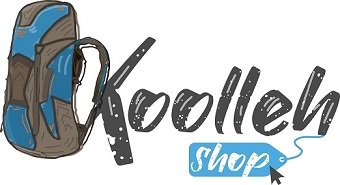Where are the Gabbeh tissue centers?

Check out the centers where Gabbeh is woven:
After the investigations, it has been determined that the main centers where Gabbeh is woven are in the central parts of the country as well as in the southern parts of the country.
In general, it should be said that Gabbeh weaving is mostly done in rural or nomadic areas.
If we want to mention the names of important areas where Gabbeh weaving is common in this article, we can mention the following:
Two domes, Basht, Aroo in Gachsaran city, Telgar, Cheshmeh Belqis, Deh Sheikh and Charam in Kohkiluyeh city from Sarab to Deh Olya and Deh Sofla and Mordraz Olya and Sofla in Boyer Ahmad, Borazjan and Shul and Deh Kohaneh rural areas From Bushehr province.
Fars province has long been considered one of the most important and largest tribal centers.
The Qashqai, Khamseh, Mamasani and Bakhtiari tribes were engaged in the weaving of Gabbeh and the best Gabbehs are the work of the Qashqai Turks of Persia, which has a special reputation abroad.
Land of Persia and Qashqai tribe:
The land of Persia is one of the parts where nomads live and more than two thirds of the land of Persia is home to various tribes and clans that have gathered in this area over the years. Important tribes inhabited in Persia: Qashqai, Khamseh, Mamasani and Bakhtiari tribes that are scattered in mountainous areas.
The Qashqai tribe has very famous hand-woven items that have been admired worldwide. The carpets of the Qashqai tribe are Turkish in texture, their role is to repeat broken and simple geometric shapes. Most of the rugs of Fars tribes have a special color transparency, the threads and wefts of (3) Gabbeh Gabbehs are all made of wool and the wools (4) used by Gabbehs are made in Fars. Persian wool is one of the best wools for carpet and rug weaving.
Gabbeh coloring is beautiful and unique. The coloring of most of them, with the exception of a few, is completely natural and plant-based. Traditional dyeing and the use of plant dyes give special credit to nomadic handicrafts. Also, a kind of Gabbeh is woven which is self-dyed, ie no dyeing is done on the raw materials used in the production of this product. Its wool is so-called self-colored, meaning it is picked directly from the trap, in other words, it is hand-picked. This type of gabbeh is woven in natural colors of fleece (white, black, gray and beige). For this reason, it is more resistant to washing and sunlight. It can even be said that its color resistance is more than carpet, because the ingredients of the colors are completely natural.






